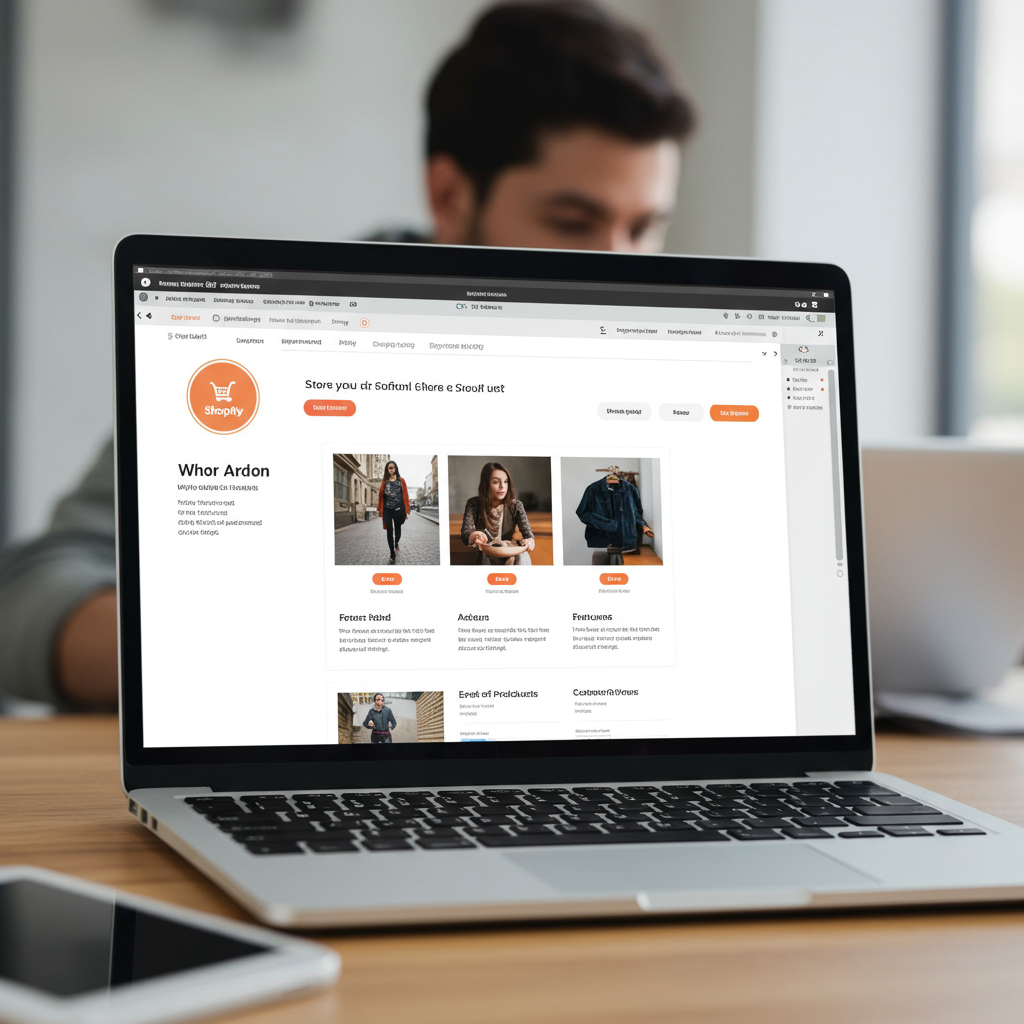Transforming your online storefront into a conversion powerhouse for the future of e-commerce.
As a Shopify merchant, you know your online store’s homepage is more than just a digital storefront; it’s your brand’s first impression, your virtual handshake with potential customers.
In the rapidly evolving e-commerce landscape, staying ahead means constantly refining your approach, especially as we look towards 2025.
The design choices you make today for your Shopify homepage will significantly impact your conversion rates, customer engagement, and ultimately, your bottom line tomorrow.
I’ve spent countless hours analyzing trends and best practices, and I’m excited to share my insights on how to craft a compelling, high-converting homepage for the year 2025.
My goal is to equip you with actionable strategies that will not only make your store look fantastic but also perform exceptionally well.
One of the biggest shifts we’re seeing is the move towards hyper-personalization, driven by advancements in artificial intelligence.
Your homepage in 2025 should intelligently adapt to individual visitor behavior, showcasing products they’re most likely to be interested in, even on their very first visit.
Static images are becoming less impactful. Consider integrating 3D models, augmented reality (AR) previews, or high-quality product videos directly on your homepage.
These immersive elements provide a richer, more engaging experience, helping customers visualize products in their own space or from every angle, reducing purchase hesitation.
Consumers are increasingly conscious of where and how products are made. Your homepage should subtly, yet clearly, communicate your brand’s commitment to sustainability, ethical practices, or social responsibility if applicable.
This builds trust and resonates deeply with a growing segment of the market, fostering a stronger connection with your audience.
While this isn’t new, its importance continues to grow: a significant portion of your traffic will come from mobile devices.
Your homepage *must* be flawlessly responsive, fast-loading, and easy to navigate on any screen size. Test it rigorously on various devices to ensure a seamless experience.
Page speed is paramount. Google prioritizes fast sites, and impatient customers will abandon slow-loading pages within seconds.
Optimize images, leverage lazy loading for content below the fold, and choose a lightweight, performance-optimized Shopify theme to ensure blazing fast load times.
The hero section is the first thing visitors see. It needs a compelling, high-resolution image or video, a clear value proposition, and a prominent call-to-action (CTA).
Make your unique selling proposition (USP) immediately obvious here. What problem do you solve? What makes you different from the competition?
Your main menu should be clear, concise, and easy to find. Use logical categories and consider a sticky header for effortless browsing as users scroll.
A well-organized menu guides visitors effortlessly to what they’re looking for, reducing frustration and significantly lowering bounce rates.
Showcase your best-sellers, new arrivals, or seasonal collections directly on the homepage. Always use high-quality, professional product photography.
Curate these sections thoughtfully to entice exploration and encourage clicks deeper into your catalog, leading customers further down the purchase funnel.
Integrate customer reviews, testimonials, or user-generated content. People inherently trust other people’s opinions more than direct brand messaging.
Displaying star ratings or snippets of positive feedback prominently builds credibility and significantly encourages conversions.
Every section of your homepage should have a purpose, and often that purpose is to drive a specific action.
Use strong, action-oriented language for your buttons (e.g., ‘Shop Now,’ ‘Learn More,’ ‘Discover Collection’). Make them visually distinct and easy to spot.
If you have a blog, feature recent articles on your homepage. This positions you as an authority in your niche and provides valuable content to your audience.
It also encourages longer visits and can nurture leads by providing solutions to their problems, enhancing your site’s overall value.
Make it easy for customers to find support. Include clear links to FAQs, your contact us page, shipping information, and your return policy.
Display trust badges (e.g., secure payment, money-back guarantee) to alleviate concerns and build confidence, especially for first-time buyers.
While the homepage isn’t typically the primary target for specific keywords, ensure your title tags, meta descriptions, and image alt text are optimized.
A well-structured homepage with relevant content can contribute significantly to your overall site’s SEO health and organic visibility.
Design for everyone. Ensure your site is navigable by keyboard, has sufficient color contrast, and provides descriptive alt text for all images.
An accessible website not only broadens your audience but also reflects positively on your brand’s inclusivity and commitment to all users.
Don’t just set it and forget it. Continuously test different elements of your homepage – headlines, images, CTAs, layouts – to see what resonates best with your audience.
Data-driven decisions are always the most effective. Small tweaks based on A/B testing can lead to significant improvements in conversion rates over time.
The e-commerce world is dynamic. Your homepage design should be flexible enough to adapt to new technologies and evolving consumer behaviors.
Regularly review your analytics. Understand how users interact with your homepage and identify areas for improvement based on their actual behavior.
Stay informed about emerging trends, but always prioritize what works best for *your* specific audience and products, rather than just following fads.
Remember, your homepage is a living, breathing entity that should evolve with your business and your customers, always striving for optimal performance.
By focusing on these key areas – personalization, immersive experiences, speed, and a user-centric approach – you’ll be well on your way to creating a Shopify homepage that not only looks stunning but also drives conversions in 2025 and beyond.
I truly believe that investing time and effort into your homepage design is one of the most impactful things you can do for your online business.
What do you think about this article? I’d love to hear your thoughts and any strategies you’re planning to implement!






